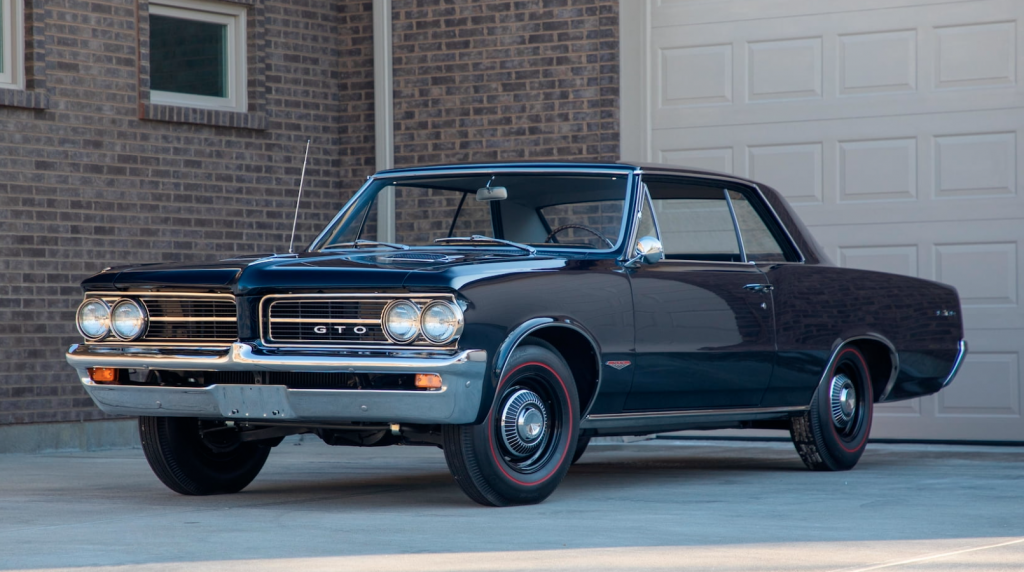
There are many benefits to joining a car sharing club. Apart from sharing your vehicle with others, you can also receive a return of your initial capital investment. There are three models available, so there's a car sharing club for everyone. Other benefits of car share clubs include no sales tax, no need to store or detail the vehicle, and no need to maintain the vehicle. All of these benefits are worth looking into.
Peer to peer car sharing
Shaheen, et. al. Shaheen et.al. discovered that male respondents were more inclined to use peer–to-peer car sharing services than those of females. Although this finding is encouraging, it raises legal concerns. These concerns could slow down the growth and expansion of peer-to–peer carsharing services. Gender equality may also be an issue in car sharing. This could be solved by a peer-to–peer car-sharing business.

Fuel-efficient cars
Car sharing is a great way for members to get fuel-efficient cars and promote green transportation. Car-sharing clubs have a much lower cost per mile than buying a car. Car clubs reduce congestion and emissions through the use of fuel-efficient vehicles. Members can also test-drive the latest technologies before buying them. This allows car clubs, which can adopt these new technologies quickly, to improve the quality of their members' lives.
Congestion reduction
While congestion pricing is a viable way to address traffic issues, it also raises many concerns for low-income drivers. Many of these drivers don't have alternative transportation options or are unable to change their schedules in order to use transit. Congestion pricing, in any case is an effective way to reduce traffic congestion and save money. If it's successful, it could be the first step towards a wider movement that charges more to drive. But it's a good way to reduce carbon emissions.
Tours of sports cars
You might be interested in renting a car and touring exotic vehicles. You can get unrestricted access to a wide range of exotic vehicles in 3 cities. Points can be used anywhere in the world. Many clubs also offer tours, so you can go on a tour in an F430 McLaren or Murcielago.

Cost
Car share clubs can be a great option for city-dwellers. They provide a convenient, affordable and environmental alternative to owning a car. Car share clubs are a great way to reduce congestion in cities and improve the air quality. Car clubs are much cheaper than traditional car clubs. Depending on which service you use, the cost to drive the car is as low as $5 per hour. Car clubs offer insurance, fuel, tax and servicing.
FAQ
What is the length of an apprenticeship as an automotive mechanic?
The apprenticeship to become an automotive mechanic takes about three years. The apprenticeship includes two years studying at school and two more as an apprentice. The first year teaches you all aspects, from theory to practical skills and safety procedures. You'll also learn the safe and efficient use of tools during this first year. You'll spend the second year in on-the-job training, where you will gain experience in various trades. These years will offer you the opportunity to attend formal classes.
The final year is dedicated to earning certifications and qualifications in the field. These include NVQs (National Vocational Qualifications), which are awarded after passing exams covering specific topics within the industry. You can also get HNCs (Higher National Certificates), that cover subjects such as customer service, business administration, management, and business administration. City & Guilds certificates can be obtained for individuals who want to learn certain trades.
Is being a mechanic apprentice hard?
It's not easy, but you learn fast, and there are many opportunities for advancement.
You will need patience and perseverance. It is also important to know how you can fix vehicles, trucks, or motorcycles.
Customers and relatives can exert a lot on you. You shouldn't feel pressured to make decisions that you don't like.
If you enjoy fixing cars, it could be a great career choice. It's a job where you can earn a decent salary and build up your business.
But you may prefer another path. If this is the case, you might want to become a technician.
This means that you can use your technical knowledge to help other workers. This could be a way to help technicians with their problems or to teach them new techniques.
Another option is to be a service advisor. You will offer assistance and advice to customers when they bring cars to a garage.
It all depends on your goals. There are many choices available and you can choose what suits you best.
How can I prepare for a apprenticeship as a mechanic?
It is vital to be able to comprehend what you are doing. You must understand the workings of cars. This will allow you to be prepared for your first day at work.
You should also know how to fix common problems such as tires or broken lights.
This will teach you how to diagnose problems and fix them yourself.
To put the pieces back together, you will also need to understand how they fit together.
And finally, you must know how to use tools safely and efficiently.
All these things will help you to become a competent mechanic.
Statistics
- Apprentice mechanics earn significantly less hourly than mechanics who have completed training, with a median wage of approximately $14.50 an hour, according to PayScale. (jobhero.com)
- 52% of Mechanics in the United States think their salaries are enough for the cost of living in their area. (indeed.com)
- There were 749,900 jobs available for automotive service technicians and mechanics in 2016, which is expected to grow by six percent through 2026. (jobhero.com)
External Links
How To
How to properly diagnose your vehicle for repair
To determine if your car needs repairs, you should first look at the symptoms that your car presents. These steps will help you diagnose your car properly.
-
Check engine lights. Check the dashboard light indicators such as the engine light indicator, the oil pressure gauge, the battery light indicator, the coolant temperature gauge, and the RPM gauge. If they have been flashing for more days than usual, it could be a sign that something is wrong with the vehicle.
-
Examine the treads of the tires. Tires can become worn and cause problems in handling and braking. You should also inspect the wheel treads. You should ensure that they are clean and smooth. You can do this by taking off the wheels. Use a flashlight to see how well the treads are worn.
-
Check the level of brake fluid. You should always keep track of the amount of brake fluid in your vehicle. You can ensure that your brakes are working properly by monitoring the level of brake fluid in your vehicle. If the brake fluid level is low, your brakes might fail when you apply pressure to them.
-
You should test the suspension system. A suspension system is designed to absorb vibrations and shocks. It improves control and allows for smoother accelerations or decelerations. If your vehicle has a suspension problem, it might feel wobbly or shake uncontrollably. You can test if your vehicle has a suspension problem by putting weight on either the front or back axle to see how it moves.
-
Examine the steering column. The steering columns are what connect the steering knob to the rest. The steering column can often be damaged by an accident. Replace it if your steering column feels loose or unsteady.
-
Observe the exhaust pipes. Exhaust pipes move gases from combustion chamber to atmosphere. Your cabin will be effected if your exhaust pipe cracks or leaks. It is also important to repair any bends in your tailpipe immediately.
-
Take a look under your hood. Take a look underneath the hood to find any strange or unusual items. There could be fluid leaking from your engine. You should also contact a professional technician if there is an unusual odor coming from the engine compartment.
-
The air filter should be checked. Your vehicle's air filter collects dust and debris from the outside environment. A dirty air filter causes your vehicle to run poorly. Replace your air filter regularly.
-
The fan belt should be checked. Your vehicle's fan belt connects the engine to the transmission. If it breaks, the engine won't turn over. It's easy to replace the belt. All you need are a screwdriver & pliers.
-
Check the radiator hose and hoses. The radiator hose transports water from radiator to engine. If the hose becomes damaged or cracked, hot liquid can be emitted onto the engine. To repair the leaky hose, all you need is a pair if needle-nosepliers.
-
You should inspect the windshield wipers. Windshield wipers use electricity to wipe away rain and snow. If they stop working, they could leave streaks on your window glass. Simply change the washer oil to fix the problem.
-
Check the battery cables. The battery cables supply power to your car's electrical systems. If you are replacing batteries, disconnect the negative cord first. Failure to do so can damage your alternator.
-
Pay attention to your headlights. Headlights illuminate the road ahead of you. They can make it difficult to see if they stop working. Inspect the bulbs for signs of burnt out.
-
Make sure you have your lights on. If you approach other drivers at night, lights will warn them. One that doesn't work could cause you to be distracted, and possibly lead to an injury.
-
Make sure you check your brakes. Before you collide with another vehicle, brakes will slow down the car. You could lose control of the car and cause a crash if they don't work properly.
-
Change the oil. The oil keeps your engine well lubricated. It protects metal parts and prevents them from wearing too quickly. Changing the oil every month is recommended.